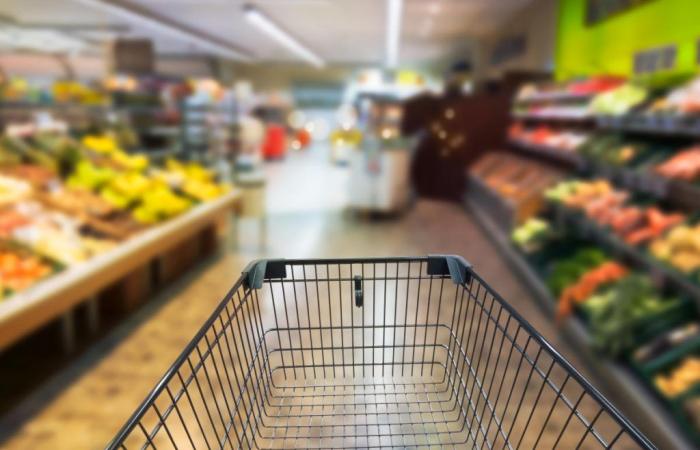
In Marseille, the travel agency Azur Évasion is thinking about offering additional trips to its passengers because demand is so high. Earlier this year, it was necessary to change coaches, and choose those capable of holding 78 people to take customers to Spain. “In March-April, the waiting lists started to get longer. We decided to switch to the double-decker coach format to reduce these lists,” explains Terence Vidal, the agency’s sales director, contacted by Yahoo.
This travel agency has been operating day trips or multi-day stays for many years. But recently, demand has increased sharply, and the profile of French people traveling to the Spanish border has changed. “These people no longer come just for tobacco and alcohol, but also for basic necessities such as meat, oil or preserves,” explains Terence Vidal. “We have noticed a decrease in the age of these people. Before, the people who went to buy alcohol and tobacco were people who had time. Now we have gone from 50 years and over to 40 years and over,” adds the sales director.
“30 to 70% cheaper at the border”
A phenomenon that can be explained by the general rise in prices. To cope with high inflation, more and more French border residents are taking these coaches from Marseille, Aubagne or Aix-en-Provence to La Jonquera to save money. Equipped with a trolley on wheels and sometimes a cooler, they are prepared to spend 700 (350 there and 350 back) for a full load of shopping. “They understood that it was between 30 and 70% cheaper at the border than in France, and that all in all, they preferred to spend 39 euros, travel 700 km and spend a day – they often go with their family, not alone – in Spain”, says Terence Vidal.
A student who is used to these trips, interviewed by -, said: “When I come, I do 100 euros worth of shopping, and I’m good for the month,” she explained. “If you count the toll fees, the gas costs, with the car it’s too expensive. Since inflation we come more often for cigarettes, food and meat,” Priscilla, a passenger, explained to BFMTV.
“The gap with France is widening very quickly”
Elsewhere in France, other French people have chosen to cross the border by car to do their shopping. With inflation, Cathy, 50, contacted by Yahoo, says she goes to Spain more often. “I go shopping once a month. I’ve been going more regularly for a year, before it was every three months to buy mainly toiletries (shower gels, shampoos, etc.) and also especially for meat,” she says. Living near Perpignan, Cathy goes to Mercadona (a Spanish food distribution company) in Figueres, above Barcelona, to do “the big shopping for a family of 4.”
“It takes us three hours. Fifty minutes there, fifty minutes back and the rest of the time shopping and filling up there.” A journey that turns out to be profitable: “I easily save €200 to €300 on shopping and €50 on petrol. On a €200 to €300 shopping trolley per month, the gap widens very quickly with France,” she says. The mother has French prices well in mind, so as not to miss any good deals: “We make considerable savings because for example I pay €4.90 per kg for a chicken fillet while at Lidl it’s €9.90. Chicken thighs are €3.25 per kilo, in France it’s €8. And that’s how it’s all.”
Sustainable tourism?
Spain is not the only country that cross-border commuters head to fill their shopping carts. Residents of southeastern France, who live in and around Nice, drive all the way to Italy (particularly Ventimiglia) to get a bargain.
Priscillia, 34, has been going there since she moved in 2014. “Before that date, I didn’t live near the Italian border, and above all, I didn’t have a car,” says this single mother of five children. She also confirms that she goes there more regularly in the face of rising inflation: “I go there every week when my daughters are at school, I can be there in twenty minutes. For an equivalent trolley, in Italy, it’s 100-120 euros and in France at Intermarché, 270 euros or even 300.”
However, the increase in consumer prices fell to 2.1% over one year in June, according to provisional figures published by INSEE on Friday, June 28, 2024, and food prices continue to slow (+0.8% over one year). Also, from one month to the next, prices have hardly increased (+0.1% in June). Nevertheless, the possible arrival of a new government majority after the dissolution of the National Assembly announced on June 9 could also influence the trajectory of inflation in the coming months. Uncertainty therefore remains as to the fall in inflation, which probably represents too many unknowns for the moment to convince these French people to do their shopping in France again.
Read also :





